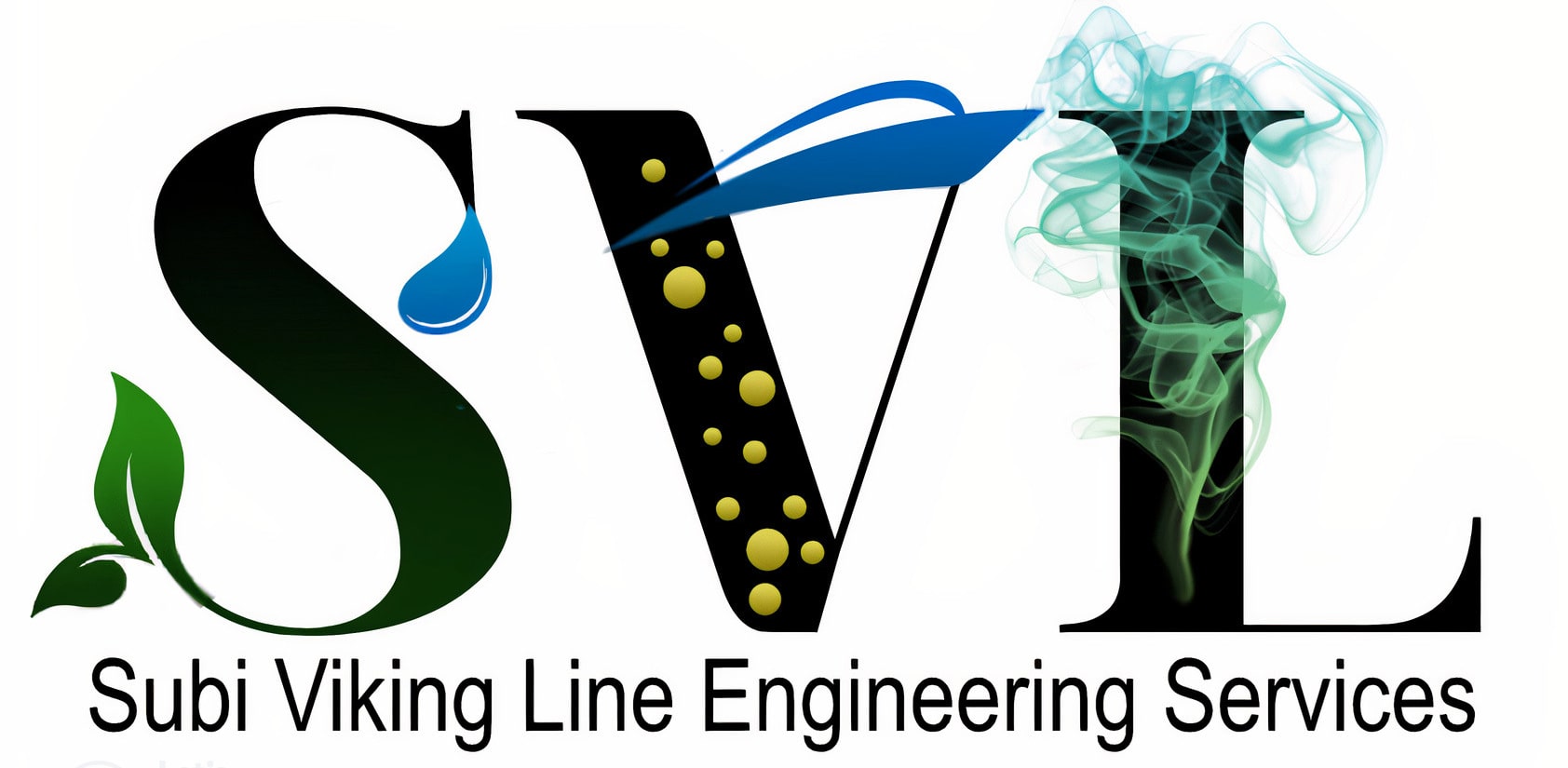HAZOP (Hazard and Operability Study) and LOPA (Layer of Protection Analysis) are crucial techniques used in the designing of processing facilities to enhance safety and mitigate risks.
1. HAZOP:
HAZOP is a systematic and structured approach for identifying potential hazards and operability issues in a process design. It involves a multidisciplinary team analyzing the design and systematically examining deviations from the intended operation. Some key importance of HAZOP includes:
A. Hazard Identification:
HAZOP helps in identifying and evaluating potential hazards, such as process deviations, equipment failures, human errors, or external events, that can lead to accidents or operational issues.
B. Risk Reduction:
By identifying potential hazards and their causes, HAZOP enables the design team to propose effective measures to eliminate or reduce risks. It helps in developing preventive and mitigative safeguards to enhance safety and protect personnel, the environment, and assets.
B. Process Optimization:
HAZOP focuses on safety and uncovers operability issues. It provides insights into process inefficiencies, bottlenecks, and potential improvements. By addressing these issues during the design phase, HAZOP contributes to optimizing the overall performance of processing facilities.
D. Regulatory Compliance:
HAZOP findings and recommendations assist in ensuring compliance with regulatory requirements and industry standards. It helps the design team in demonstrating that all necessary safety considerations have been addressed.
2. LOPA:
LOPA is a risk assessment technique that evaluates the effectiveness of layers of protection against potential hazards identified through HAZOP or other hazard assessment methods. Some key importance of LOPA includes:
A. Risk Quantification:
LOPA helps in quantifying the level of risk associated with identified hazards. It assigns probability values to potential accident scenarios and estimates the potential consequences. This allows for a better understanding of the risk profile and aids in making informed decisions regarding the selection and design of safety measures.
B. Safety Integrity Level (SIL) Determination:
LOPA is commonly used to determine the required Safety Integrity Level (SIL) for safety instrumented systems (SIS). It helps in establishing the appropriate level of risk reduction that SIS should achieve to ensure a tolerable level of risk.
C. Risk Reduction Optimization:
LOPA enables the design team to optimize the al location of protection layers by evaluating their individual effectiveness and cost implications. It assists in determining the most efficient combination of measures to achieve the desired risk reduction target.
D. Documentation and Communication:
LOPA provides a structured framework for documenting the risk assessment process and results. It facilitates effective communication among stakeholders, including process designers, operators, and regulatory bodies, by presenting a clear and concise analysis of the risks involved.
In summary, HAZOP and LOPA are critical tools in designing processing facilities as they contribute to hazard identification, risk reduction, process optimization, regulatory compliance, risk quantification, SIL determination, risk reduction optimization, and effective documentation and communication. By integrating these techniques into the design process, the overall safety and reliability of processing facilities can be significantly enhanced.

